Home>Renovation & DIY>Tools & Equipment>How To Pick A Lock With A Screwdriver
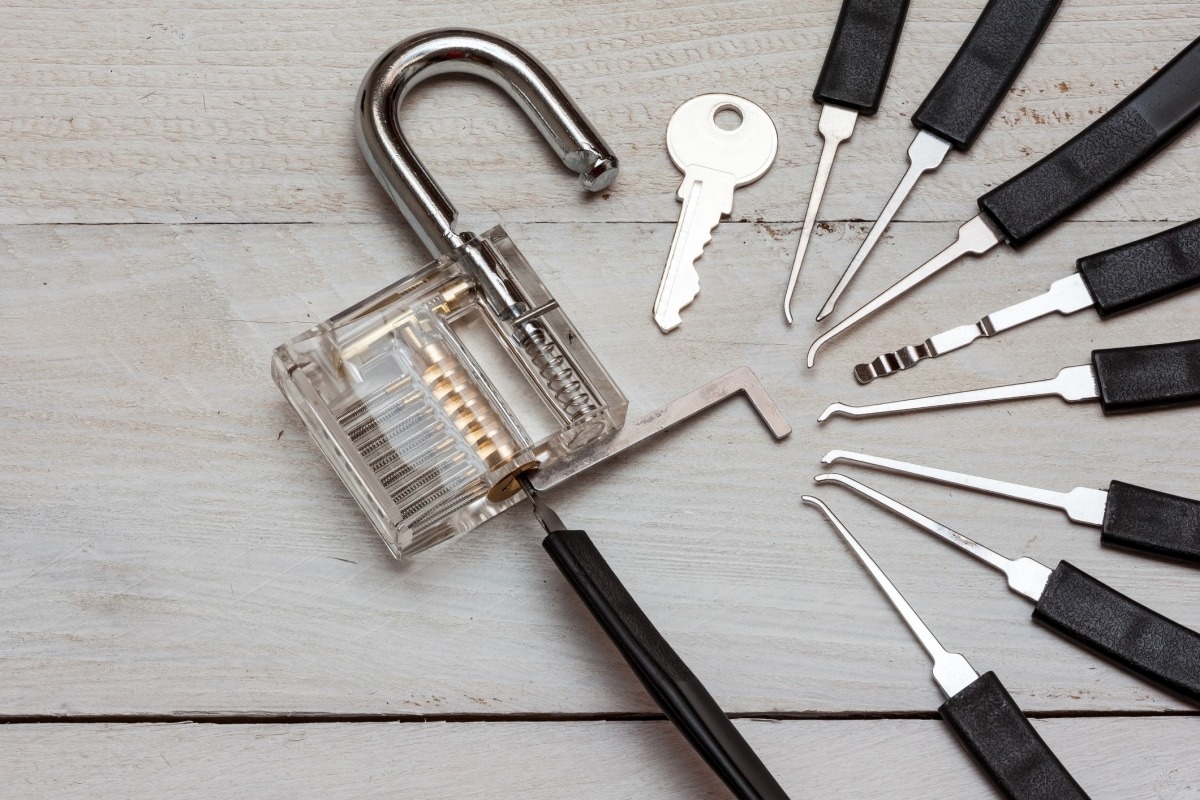

Tools & Equipment
How To Pick A Lock With A Screwdriver
Published: December 19, 2023
Learn how to pick a lock using a screwdriver with this step-by-step guide. Discover the essential tools and equipment needed for successful lock picking.
(Many of the links in this article redirect to a specific reviewed product. Your purchase of these products through affiliate links helps to generate commission for Storables.com, at no extra cost. Learn more)
Introduction
Welcome to the world of locksmiths, where the art of lock picking unveils a mysterious skill set that can sometimes be both impressive and perplexing. While lock picking is often associated with illicit activities, it is important to remember that there are many legitimate scenarios where having knowledge of lock picking techniques can come in handy. Whether you find yourself accidentally locked out of your home or car, or simply want to expand your DIY skills, learning how to pick a lock with a screwdriver can be a valuable skill to acquire.
Before we dive into the intricacies of lock picking, it is crucial to understand that this article is intended for educational purposes only. It is illegal to pick locks that you do not own or have the owner’s permission to access. Always use this knowledge responsibly and within the boundaries of the law.
In order to successfully pick a lock with a screwdriver, it is essential to have a solid understanding of the basic components and mechanisms within a lock. Locks are designed to secure doors, cabinets, and other items, and they typically consist of several key parts.
Firstly, there is the lock cylinder, which houses the keyway and tumbler pins. These pins are the key players in the locking mechanism, as they engage with the ridges and valleys of the key when inserted into the lock. When the correct key is used, the pins align at the shear line, allowing the lock to turn and open.
Secondly, we have the keyway, which is the narrow opening where the key is inserted. The keyway varies in shape and size, depending on the type of lock. It is important to familiarize yourself with different keyway profiles to ensure that you have the appropriate tools for the job.
Finally, we have the tension wrench. This tool is used to apply rotational pressure to the lock cylinder, mimicking the action of a key turning. By applying steady and controlled pressure with the tension wrench, combined with manipulating the tumbler pins, the lock can be successfully picked.
Now that we have a basic understanding of how locks work, let’s move on to the preparations required before attempting to pick a lock with a screwdriver.
Key Takeaways:
- Master the art of lock picking with a screwdriver by understanding the basics of locks, choosing the right tools, and practicing patience and precision for a successful experience.
- Always prioritize safety, legality, and ethical considerations when engaging in lock picking. Remember to seek proper authorization and permission before attempting to pick a lock, and avoid engaging in illegal activities.
Understanding the Basics of Locks
Locks come in various types and complexities, and understanding their basic workings is crucial before attempting to pick them. While we won’t delve into the specific intricacies of each type of lock, let’s explore some common terms and concepts that will help us navigate the world of lock picking.
1. Pin Tumbler Locks: The most common type of lock found in residential and commercial settings is the pin tumbler lock. These locks consist of a series of pins that are housed in the lock cylinder. Each pin is made up of two parts: the driver pin and the key pin. The driver pin rests above the key pin and prevents the lock from turning when the incorrect key is used. When the correct key is inserted, the driver and key pins align at the shear line, allowing the lock to open.
2. Keyway: The keyway refers to the specific shape and profile of the opening where the key is inserted. Different locks have unique keyways, and it is essential to have the appropriate tools that match the specific keyway profile.
3. Shear Line: The shear line is the imaginary line where the driver pins and key pins align when the correct key is inserted. When the pins align at the shear line, it eliminates the obstruction and allows the lock to rotate, unlocking the mechanism.
4. Tension Wrench: The tension wrench is a critical tool used in lock picking. It is inserted into the bottom of the keyway and applies rotational pressure to the lock cylinder. This pressure mimics the turning action of a key and is crucial in manipulating the pins.
5. Binding Pin: When attempting to pick a lock, you’ll encounter binding pins. These are pins that do not move freely when pressure is applied to them. They are typically the pins that are preventing the lock from turning. By identifying and manipulating these binding pins, you can gradually unlock the lock.
6. Single Pin Picking (SPP): Single pin picking is the method of manipulating the individual pins within the lock cylinder using a picking tool, such as a screwdriver, to move them to the correct position. This technique requires skill, patience, and a good understanding of how the pins interact with each other.
These are just a few basic concepts to familiarize yourself with before delving into the world of lock picking. It’s important to remember that lock picking is both a skill and an art, requiring practice and precision. Let’s move on to the next section, where we’ll discuss the preparations needed before attempting to pick a lock with a screwdriver.
Preparing for Lock Picking
Before you begin the process of lock picking, it’s crucial to prepare yourself with the right mindset, tools, and environment. Here are some essential steps to take before attempting to pick a lock with a screwdriver.
1. Legal Considerations: Remember, lock picking is a skill that should be used responsibly and within legal boundaries. Ensure that you have the owner’s permission to pick the lock or that you are picking your own property. Engaging in any unlawful activities related to lock picking can lead to legal consequences.
2. Patience and Persistence: Lock picking requires focus and patience. It is not a skill that can be mastered overnight. Be prepared to invest time and effort into practicing your technique and developing the necessary skills. Practice on different types of locks to enhance your understanding and proficiency.
3. Proper Lighting: Adequate lighting is crucial when picking a lock. Make sure you have a well-lit area or use a flashlight to illuminate the keyway and pins. This will help you see the tiny details and movements within the lock, ensuring better precision during the picking process.
4. Quiet and Distraction-Free Environment: Lock picking requires concentration and precision. Choose a quiet environment where you can focus without distractions. Minimize background noise and interruptions to enhance your ability to feel and hear the pin movements.
5. Familiarize Yourself with the Lock: Take a moment to examine and familiarize yourself with the lock you intend to pick. Look for any markings, keyway profiles, or unique features that could affect your approach. Understanding the lock’s design and mechanisms will help inform your picking strategy.
6. Gather the Right Tools: Before attempting to pick a lock with a screwdriver, ensure that you have the necessary tools at hand. These may include a tension wrench, various picks or screwdrivers of different sizes and shapes, and a rake pick if you prefer a different method. Having a variety of tools allows you to adapt to different lock types and challenges.
7. Practice Proper Technique: Lock picking involves a combination of tension control and manipulating individual pins. Practice applying pressure with the tension wrench while gently lifting and releasing each pin. The goal is to gradually manipulate each pin to the correct position at the shear line, allowing the lock to turn and open. Developing good technique takes time, so be patient and persistent in your practice.
By taking these preparatory steps, you’ll be setting yourself up for a more successful lock picking experience. With the right mindset, tools, and environment, you can proceed confidently to the next step – choosing the right screwdriver for the job.
Choosing the Right Screwdriver
When it comes to picking a lock with a screwdriver, selecting the right tool is of paramount importance. The screwdriver you choose will determine your ability to efficiently manipulate the pins within the lock cylinder. Here are some factors to consider when selecting a screwdriver for lock picking:
1. Size and Width: The size and width of the screwdriver blade are crucial in ensuring a proper fit within the keyway. It should be narrow enough to fit into the keyway without obstruction, allowing you to reach the pins easily. Avoid using a screwdriver with a wide or bulky blade, as it may hinder your ability to maneuver within the lock cylinder.
2. Sturdy and Durable: Opt for a screwdriver that is sturdy and durable. Lock picking requires applying controlled pressure, and using a flimsy or weak screwdriver can result in bending or breaking the tool. Look for a screwdriver with a strong and reliable construction to withstand the demands of lock picking.
3. Flat or Small Phillips Head: The most commonly used screwdrivers for lock picking are those with a flat head or small Phillips head. They provide a good grip and allow for precise manipulation of the pins within the lock cylinder. Depending on the lock type and keyway, you may need to experiment with different screwdriver types and sizes to find the most effective fit for the job.
4. Quality and Precision: Investing in a high-quality screwdriver will greatly enhance your lock picking experience. Look for a screwdriver with a well-crafted tip, free from imperfections or rough edges that could potentially damage the lock pins. A quality screwdriver will provide better control, accuracy, and tactile feedback, ultimately increasing your chances of successfully picking a lock.
5. Non-Magnetic Properties: It’s important to use a screwdriver that is non-magnetic, as a magnetic tool can interfere with the pins within the lock cylinder. The use of a non-magnetic screwdriver ensures that the pins can freely move and respond to your manipulations, improving your chances of successfully picking the lock.
6. Experiment and Adapt: Lock picking is a flexible skill, and it’s important to be adaptable in your approach. While a screwdriver is a common tool for lock picking, it’s worth noting that the success of picking a lock can vary depending on the lock type, keyway profile, and other factors. Be prepared to experiment with different screwdrivers, picks, or alternative tools to find the best fit for each lock you encounter.
Remember, lock picking is a skill that requires practice, patience, and precision. By choosing the right screwdriver for the task at hand, you’ll be equipping yourself with a tool that enhances your ability to manipulate the pins within the lock cylinder, increasing your chances of successfully picking locks. With the right screwdriver in hand, let’s move on to the step-by-step guide on how to pick a lock with a screwdriver.
When picking a lock with a screwdriver, make sure to apply gentle pressure while turning the screwdriver in the lock. Use a light touch to avoid damaging the lock mechanism.
Step-by-Step Guide to Picking a Lock with a Screwdriver
Now that you have familiarized yourself with the basics of lock picking and chosen the right screwdriver, let’s delve into a step-by-step guide on how to pick a lock using this tool:
- Prepare the Lock: Insert your screwdriver into the keyway and apply gentle, rotational pressure in the direction that the key would turn. This pressure is known as tension, and it helps create the necessary conditions for manipulating the pins within the lock.
- Identify the Binding Pin: As you apply tension, pay attention to how each pin feels. A binding pin will feel stiffer or require more effort to move compared to the other pins. This pin is likely the one obstructing the lock from turning.
- Lift the Binding Pin: Using your screwdriver, gently lift the binding pin while maintaining the tension with the tension wrench. Apply upward pressure until you feel or hear a slight click or movement. This indicates that the pin has reached the correct position at the shear line.
- Repeat for Other Pins: Once you have successfully lifted the binding pin to the correct position, release the tension on the tension wrench slightly. This allows the previously set pin to stay in place while you move on to the next one. Repeat the process of identifying the next binding pin and lifting it to the shear line.
- Continue Manipulating Pins: Gradually work your way through all the pins in the lock cylinder, lifting and setting each one to the shear line. Be patient and gentle in your movements, ensuring that you don’t accidentally overset or reset any pins you have already manipulated.
- Test for Movement: As you manipulate the pins and lift them to the shear line, you may feel increased movement or rotation in the lock cylinder. Once all the pins have been successfully set, you should be able to turn the screwdriver and unlock the lock.
- Practice and Refine: Lock picking is a skill that requires practice and finesse. Don’t be discouraged if you don’t succeed on your first attempt. Continue practicing, refining your technique, and familiarizing yourself with different lock types and challenges you may encounter.
Remember, lock picking is rooted in precision and patience. Carefully observe the feedback from the lock and continue adjusting your technique until you achieve success. It’s also essential to respect the boundaries of the law and only use lock picking skills for legal and responsible purposes.
With practice and experience, you’ll be able to develop your lock picking skills and become more proficient in the art of opening locks. As you progress, you may even explore alternative methods and tools to further expand your expertise. Avoid becoming complacent and always strive to enhance your knowledge and abilities in the fascinating world of lock picking.
Read more: How To Pick A Door Lock
Common Mistakes to Avoid
Lock picking is a delicate skill that requires precision and finesse. Avoiding common mistakes will help ensure a smoother lock picking experience and increase your chances of successfully picking a lock. Here are some common mistakes to avoid:
- Applying Too Much Tension: One of the most common mistakes in lock picking is applying excessive tension with the tension wrench. Too much tension can cause the pins to bind and make it difficult to manipulate them. Use just enough pressure to create tension and feel for feedback from the lock.
- Rushing the Process: Lock picking takes time and patience. Rushing the process can lead to mistakes or accidental damage to the lock. Take your time, be gentle with your movements, and slowly work through each pin, paying attention to the feedback from the lock.
- Using Excessive Force: Lock picking is not about brute force. Avoid using excessive force or trying to forcefully turn the lock with the screwdriver. This can damage the lock or break your tools. Instead, focus on precision and finesse to manipulate the pins into the correct position.
- Not Using Proper Lighting: Adequate lighting is essential in lock picking to see the tiny details and movements within the lock. Avoid picking locks in dimly lit environments, as this can make it difficult to properly observe and manipulate the pins. Use a flashlight or work in a well-lit area to ensure optimal visibility.
- Ignoring Feedback from the Lock: Locks provide valuable feedback when being picked. It’s important to pay attention to the subtle clicks, movements, and changes in resistance. This feedback helps you determine whether you are on the right track and successfully manipulating the pins.
- Not Practicing Enough: Like any skill, lock picking requires practice to become proficient. Avoid neglecting practice and assuming you’ll be able to successfully pick a lock without proper training. Regularly practice your techniques on various types of locks to improve your skills and increase your success rate.
- Attempting to Pick Restricted Locks: Restricted locks, such as those found in high-security environments, are designed to resist lock picking attempts. These locks often have additional security features and mechanisms that make them extremely difficult to pick. Avoid attempting to pick restricted locks unless you have the proper authorization and expertise.
- Not Disassembling the Lock Properly: If you’re practicing on a lock that you own or have permission to pick, it can be helpful to disassemble the lock to better understand its internal mechanisms. However, it’s crucial to take apart and reassemble the lock correctly to ensure no damage is done and that it remains fully functional.
By being aware of these common mistakes and avoiding them, you’ll be setting yourself up for a more successful lock picking experience. Remember, practice and patience are key in developing your skills. As you gain experience, you’ll become more proficient in picking locks and be able to navigate more challenging scenarios. Stay focused, stay patient, and always prioritize safety and legality in your lock picking endeavors.
Alternative Methods for Lock Picking
Lock picking is a versatile skill that can be approached in various ways. While using a screwdriver is a common method, there are alternative tools and techniques that you can explore to open locks. Here are a few alternative methods for lock picking:
- Rake Picking: Rake picking involves using a specialized rake pick tool to quickly manipulate multiple pins at once. The rake tool is inserted into the keyway and moved back and forth in a raking motion, applying pressure to the pins and attempting to set them to the shear line simultaneously. This method relies on speed and random movement to allow the lock to open.
- Hook Picking: Hook picking utilizes a slender, hook-shaped picking tool to individually manipulate each pin within the lock cylinder. This method requires more precision and skill compared to rake picking. The hook pick is inserted into the keyway, and each pin is manipulated one at a time until all pins are set at the shear line.
- Impressioning: Impressioning is a technique that involves creating a duplicate key by making an impression of the lock’s internal components. A blank key is inserted into the lock and manipulated while making slight adjustments and noting the marks or impressions left on the key. This process is repeated until a working key is created.
- Bypassing: Bypassing involves finding an alternate method to unlock the lock without directly manipulating the pins or lock mechanism. This can include using techniques such as shimming, decoding, or exploiting vulnerabilities in the lock design. Bypassing methods can vary depending on the lock type, and they often require specific tools or knowledge.
- Decoding: Decoding is a method used to determine the correct key combination for a lock by analyzing the key bitting depths. This technique involves using specialized decoding tools to measure and decipher the depths of each cut on a key. Once the key combination is determined, a new key can be cut to match.
Each alternative method has its own advantages and challenges. It’s important to note that not all methods are suitable for every lock type and situation. Choosing the appropriate method depends on factors such as the lock’s design, complexity, and your proficiency level.
Remember, lock picking is a skill that requires practice, patience, and ethical responsibility. Always ensure you have permission or legal authority to attempt lock picking, and never engage in illegal activities. It’s also crucial to continually enhance your knowledge and stay updated on lock security advancements.
By exploring these alternative methods and honing your skills, you’ll become a more versatile lock picker capable of tackling a wider range of locks and challenges. Embrace the versatility of the craft and enjoy the journey of unlocking the mysteries within locks.
Conclusion
Lock picking with a screwdriver is a fascinating skill that combines technical knowledge, dexterity, and patience. With a solid understanding of how locks work and the right tools, you can embark on the adventure of picking locks. However, it is essential to remember that lock picking should always be done responsibly and within legal boundaries.
In this article, we’ve explored the basics of locks, the importance of preparation, the process of selecting the right screwdriver, and a step-by-step guide for picking a lock. We’ve also highlighted common mistakes to avoid and delved into alternative methods of lock picking.
Throughout the lock picking journey, remember to exercise patience, strive for precision, and continually refine your technique through practice. Lock picking is a skill that requires time and dedication. With practice, you’ll develop an intuitive sense of the feedback and movements of the lock, increasing your success rate.
At the same time, always prioritize safety, legality, and ethical considerations. Engage in lock picking only with proper authorization and when you have explicit permission to access the lock. Lock picking should never be used as a means to engage in illegal activities or violate the privacy of others.
As you continue to explore the fascinating world of lock picking, take the time to broaden your knowledge, discover new tools and techniques, and stay updated on lock security advancements. This will ensure that you are equipped with the skills needed to navigate various lock types and challenges that may arise.
Lock picking is not just a practical skill; it is also an art form that allows you to unlock the secrets hidden within locks. With dedication, practice, and an understanding of the mechanics, you can master the art of lock picking with a screwdriver and embark on a journey that combines technical prowess and the quest for knowledge.
Remember, this article serves as a guide for educational purposes and should be used responsibly. Always uphold the law, respect the privacy of others, and only engage in lock picking activities within the confines of legality and ethical behavior.
So, unlock your potential, embark on a journey of learning, and enjoy the art and skill of lock picking with a screwdriver!
Frequently Asked Questions about How To Pick A Lock With A Screwdriver
Was this page helpful?
At Storables.com, we guarantee accurate and reliable information. Our content, validated by Expert Board Contributors, is crafted following stringent Editorial Policies. We're committed to providing you with well-researched, expert-backed insights for all your informational needs.
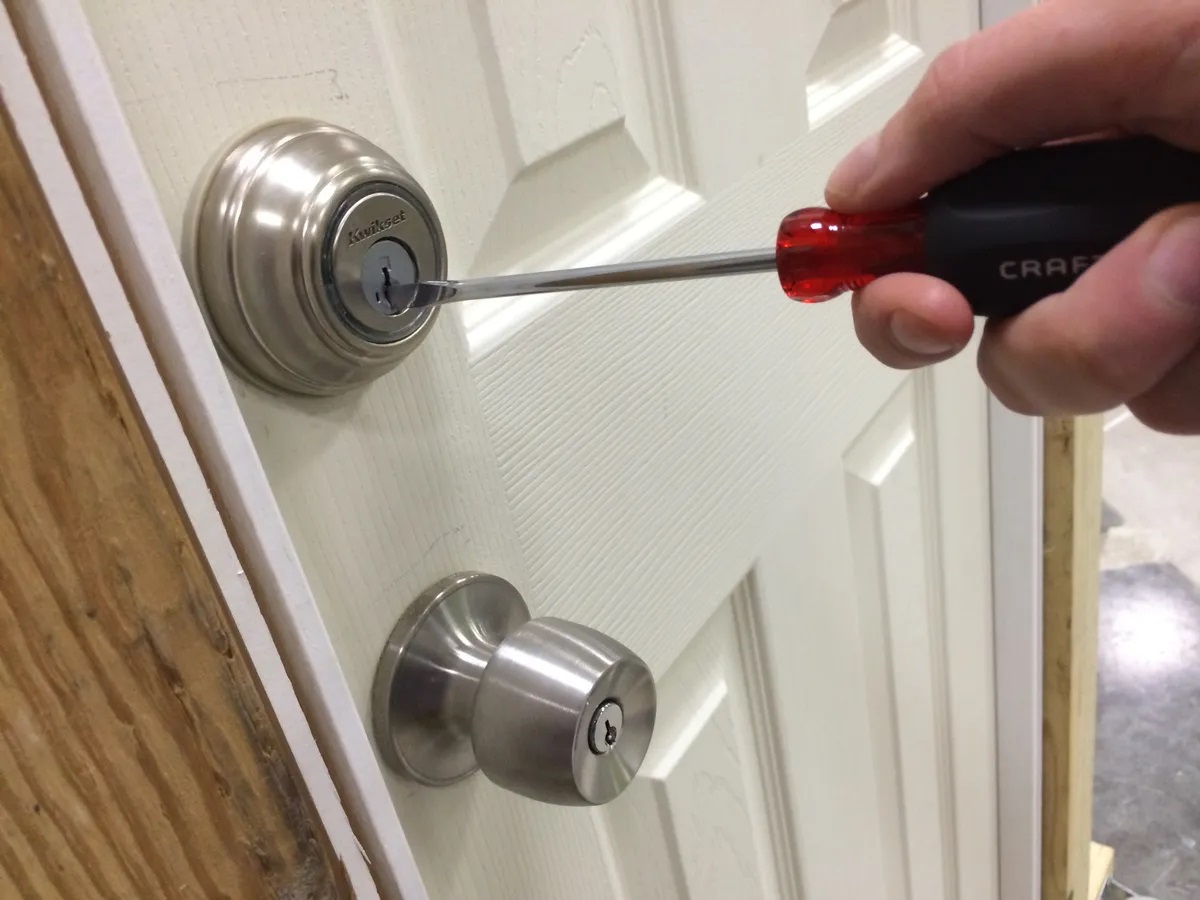
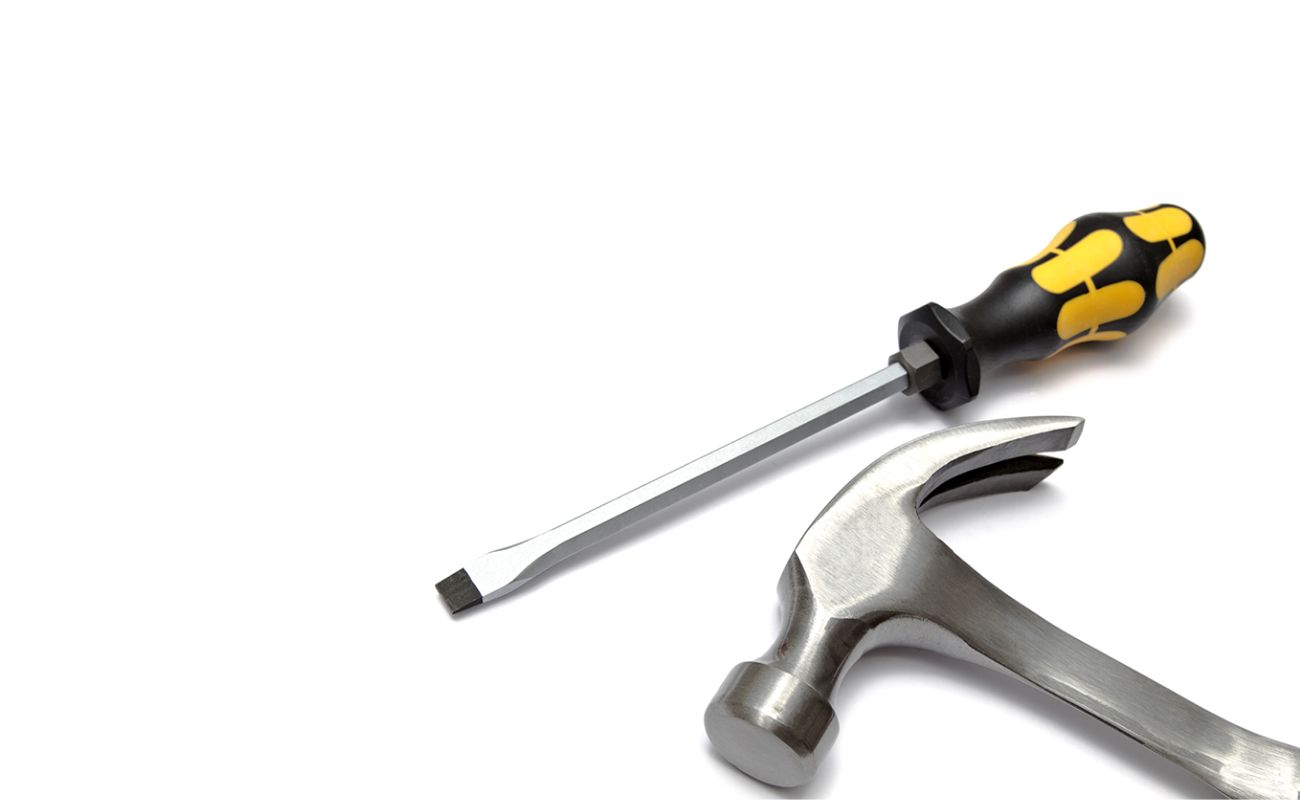
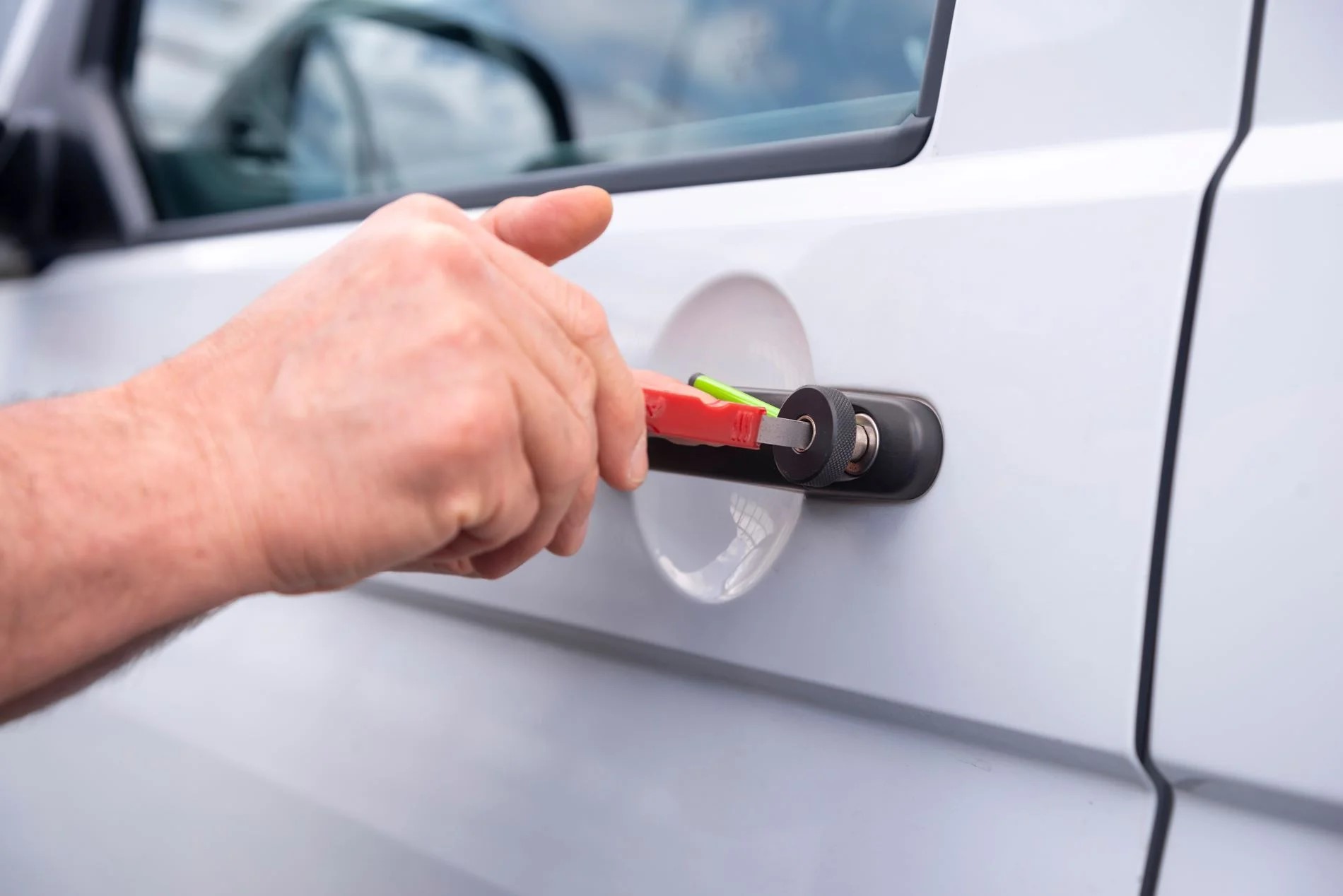
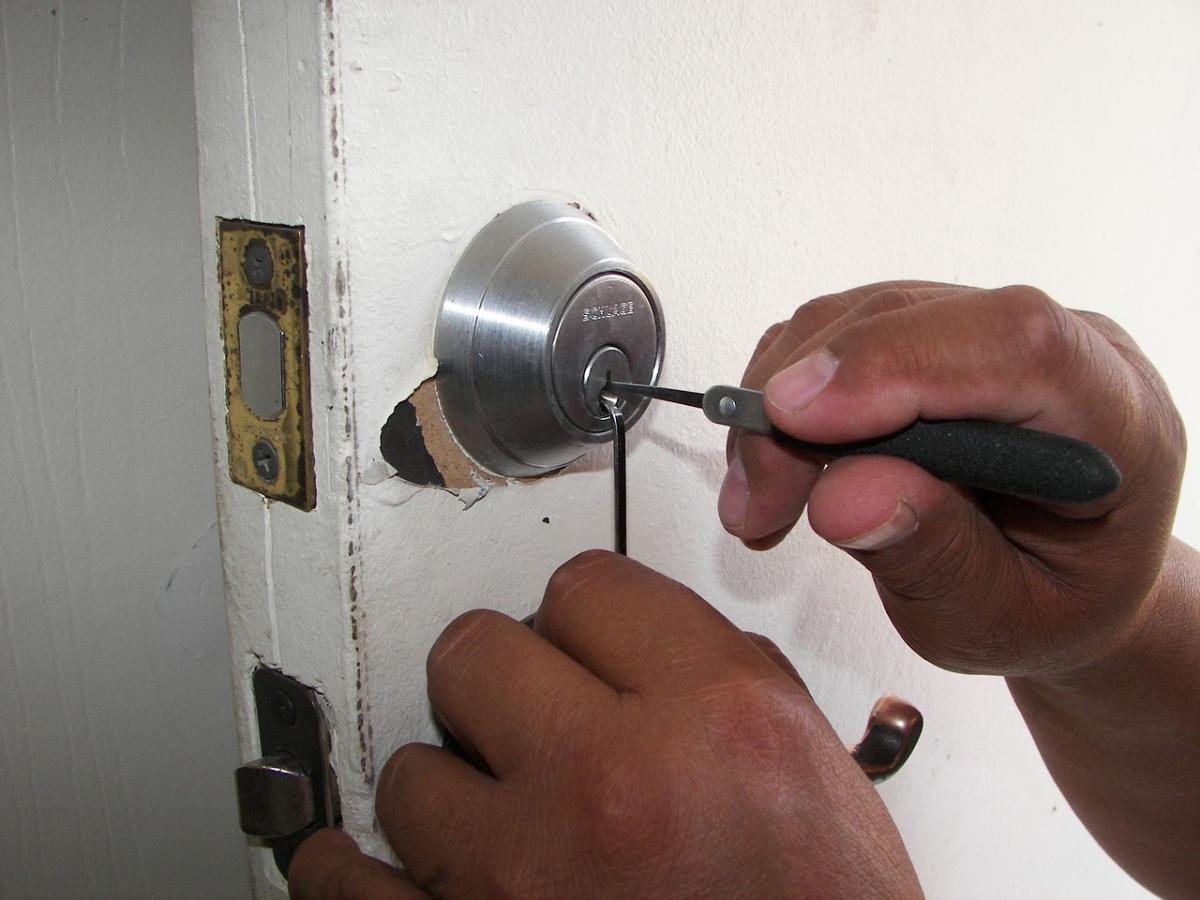
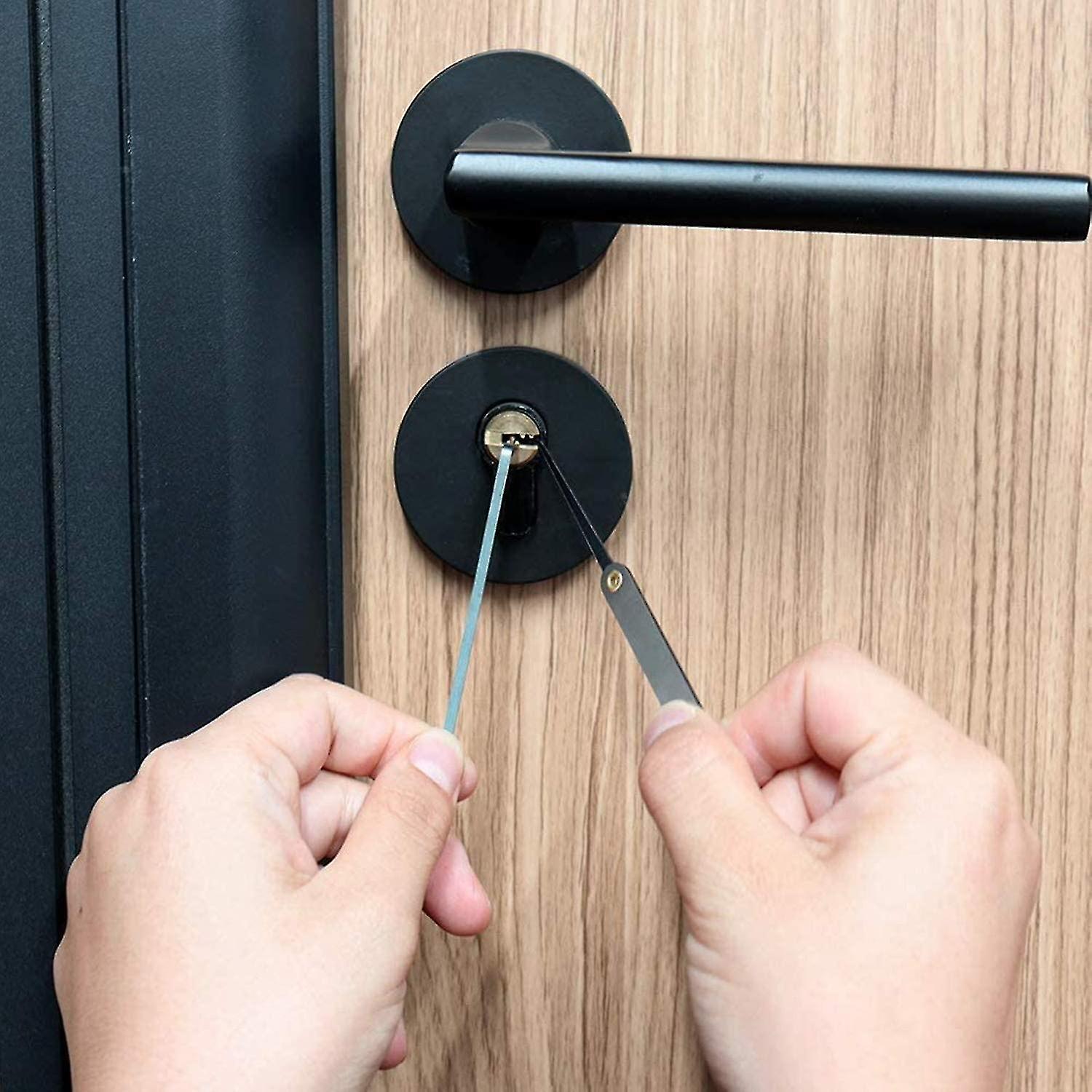
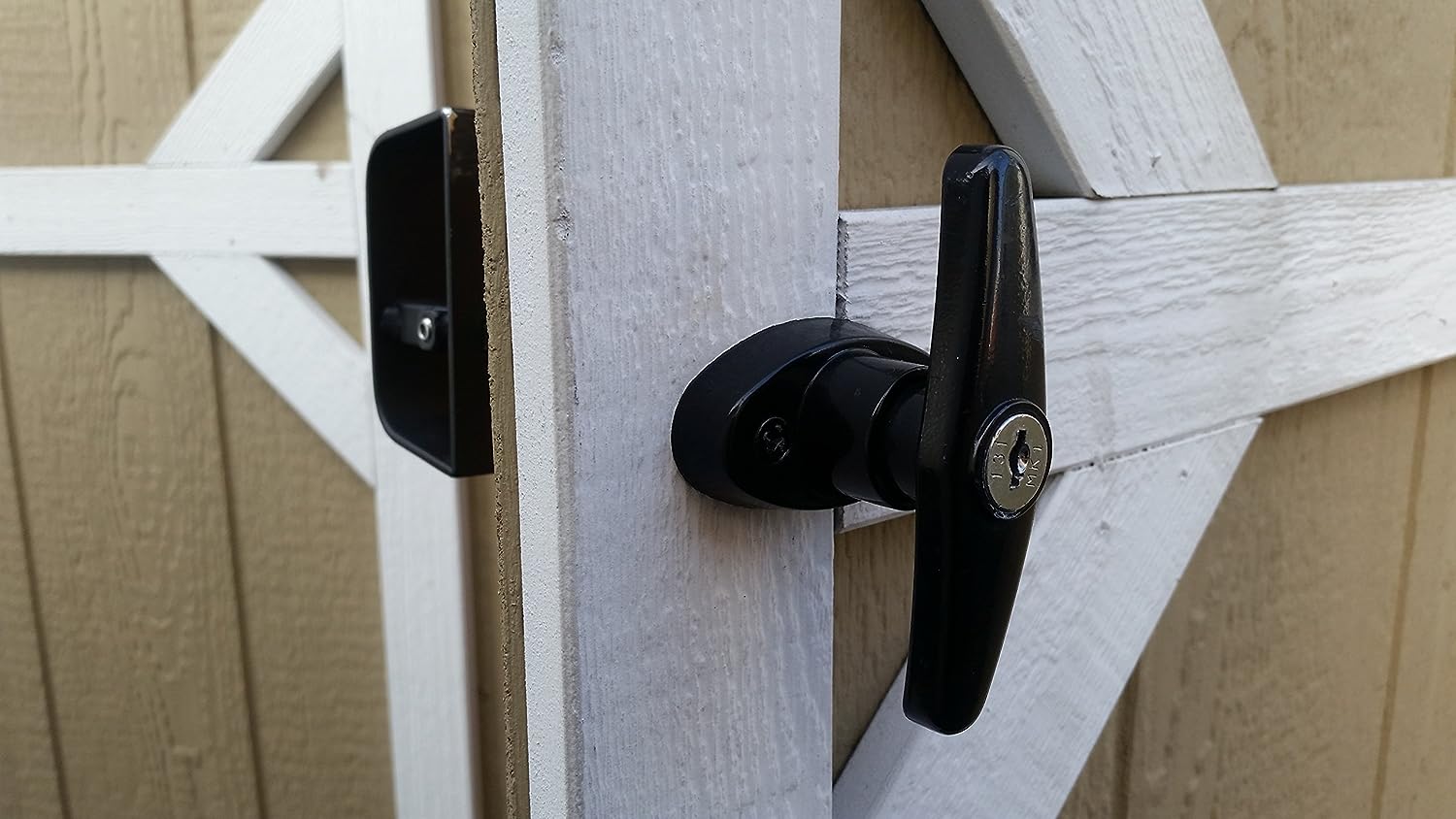
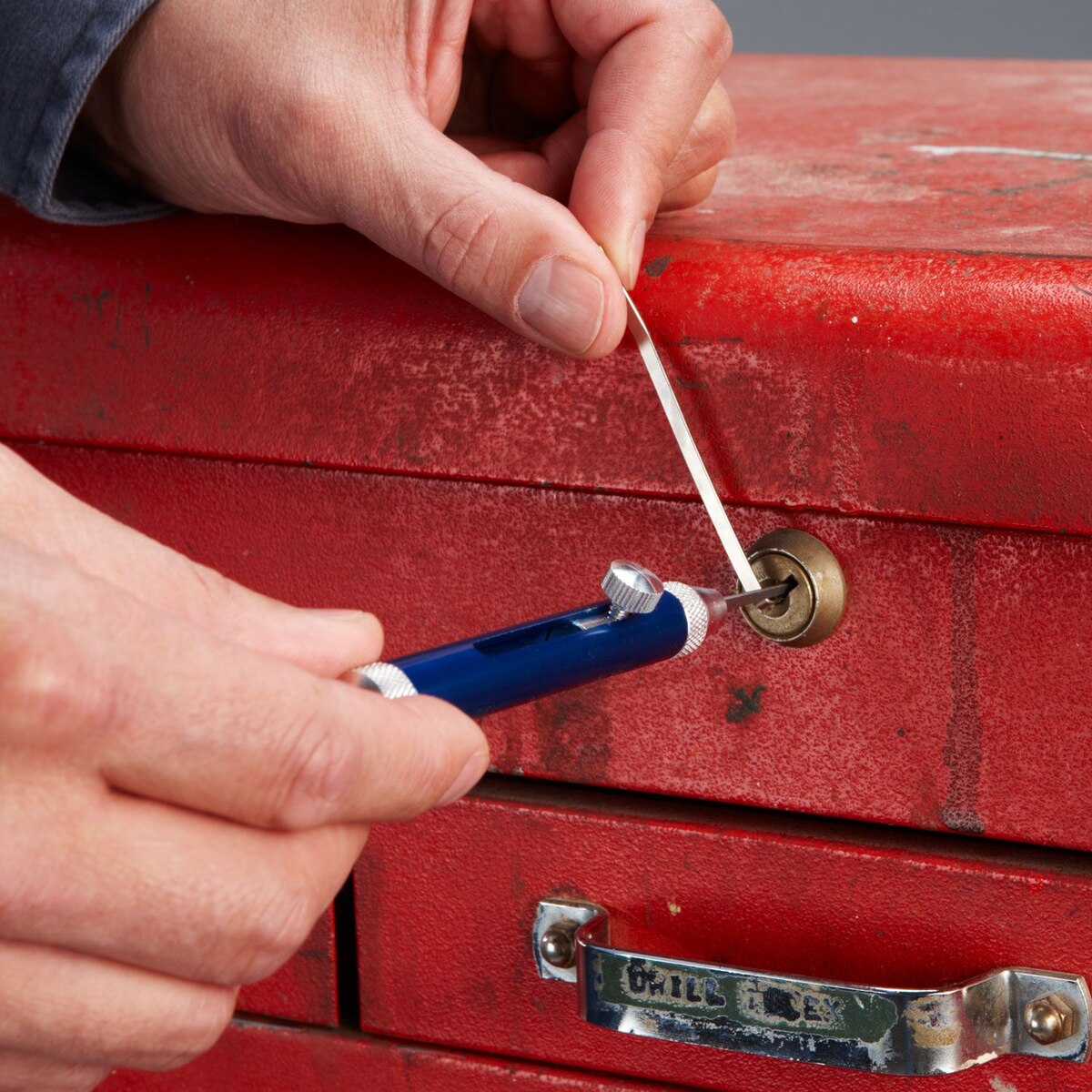
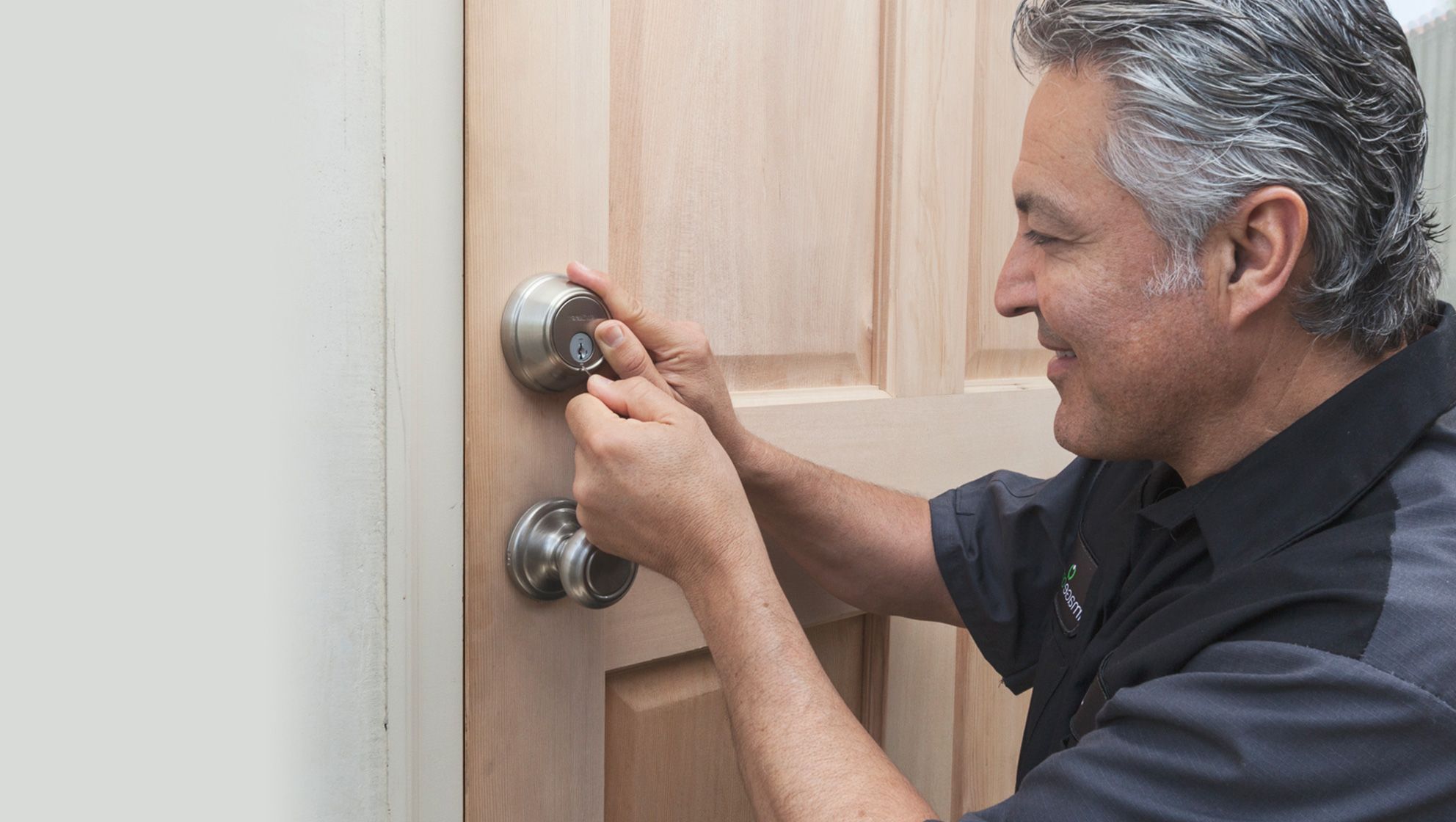
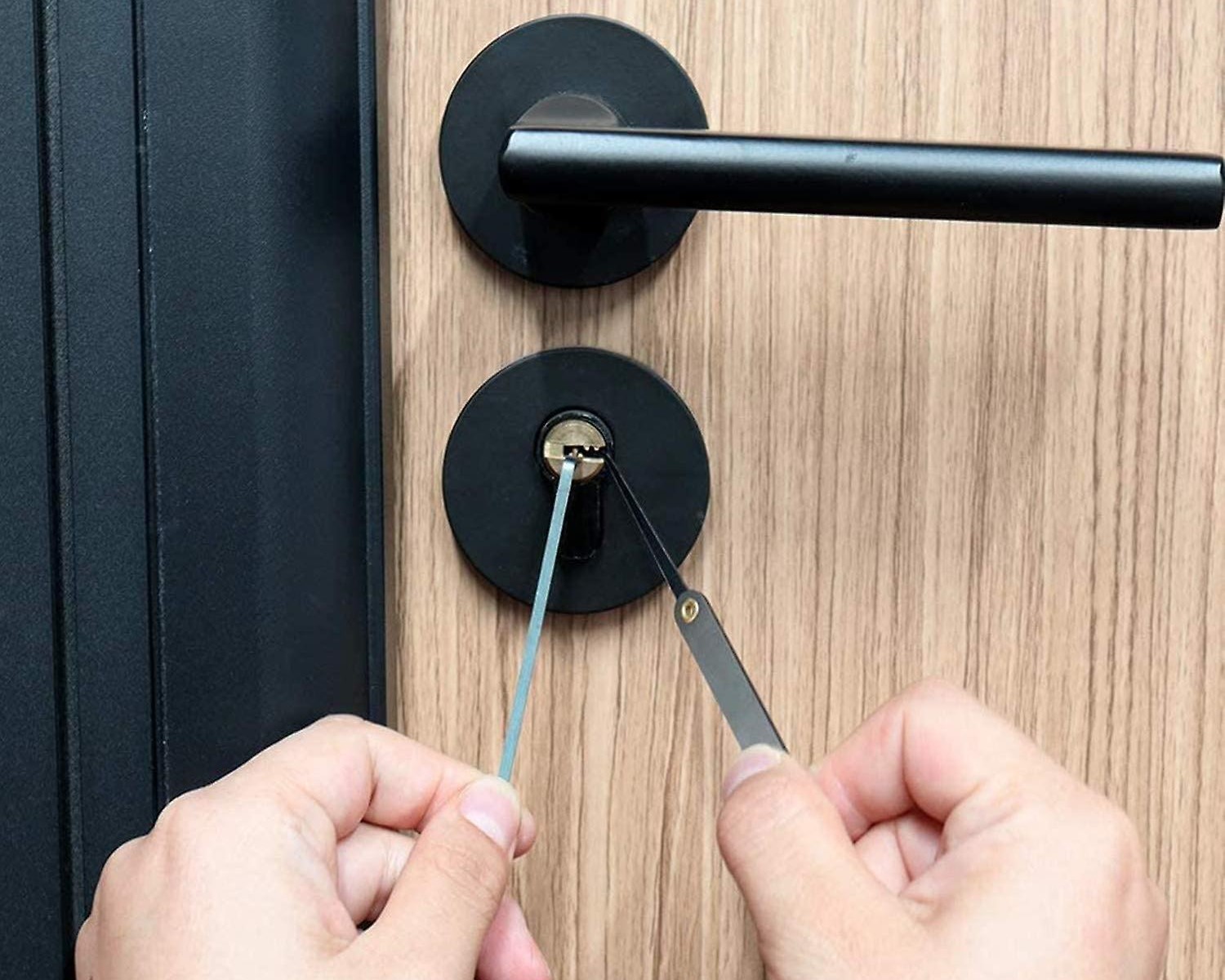
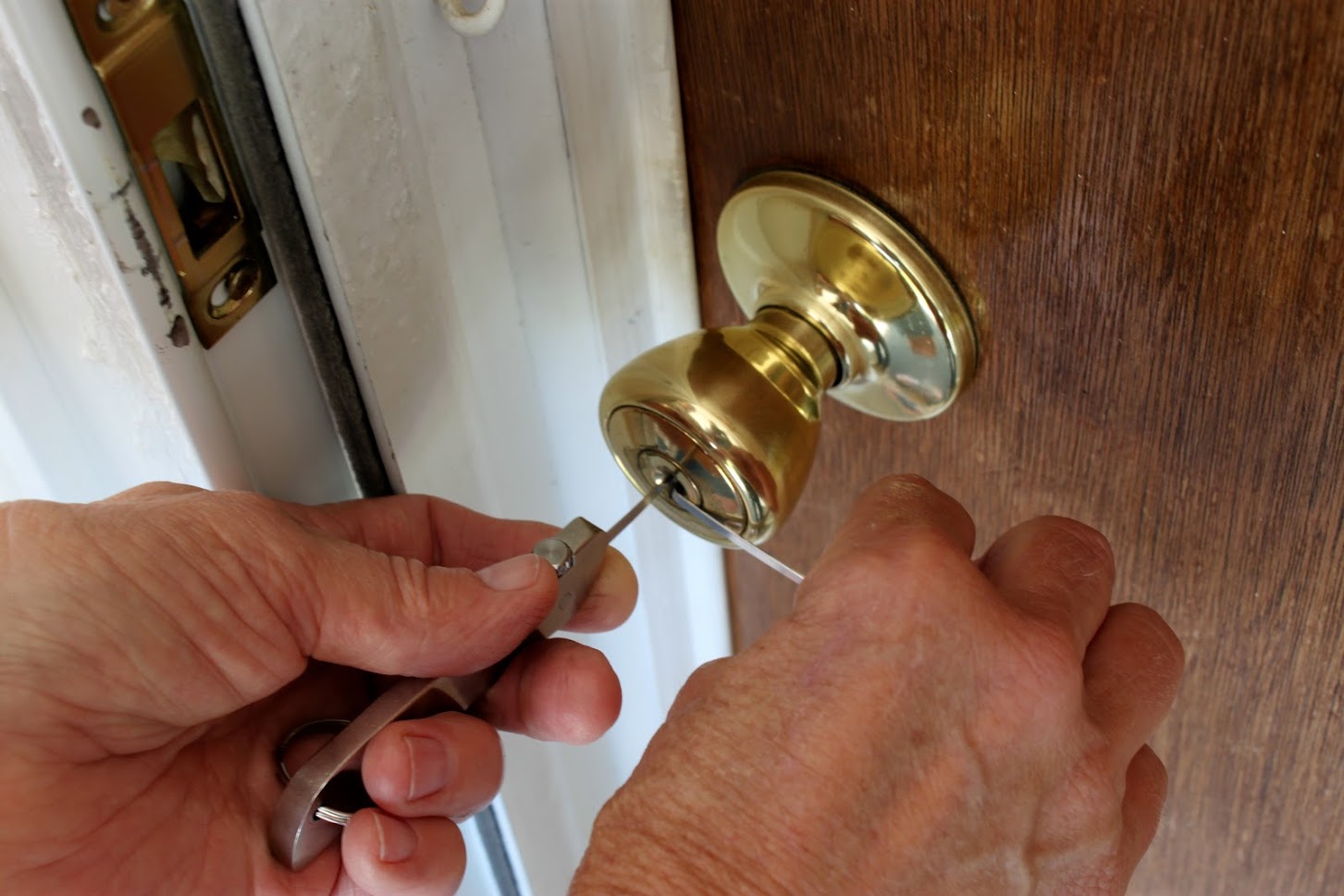
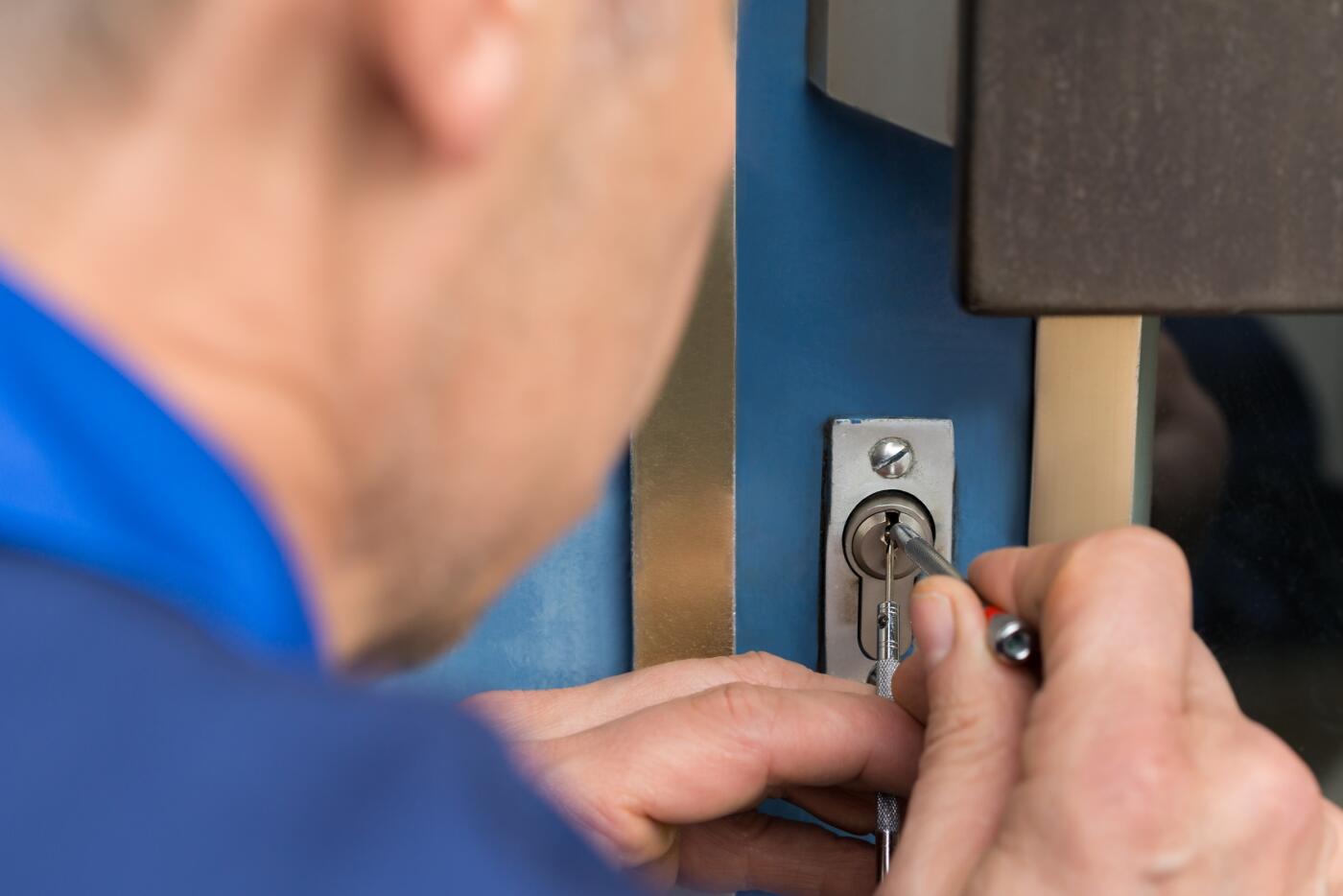

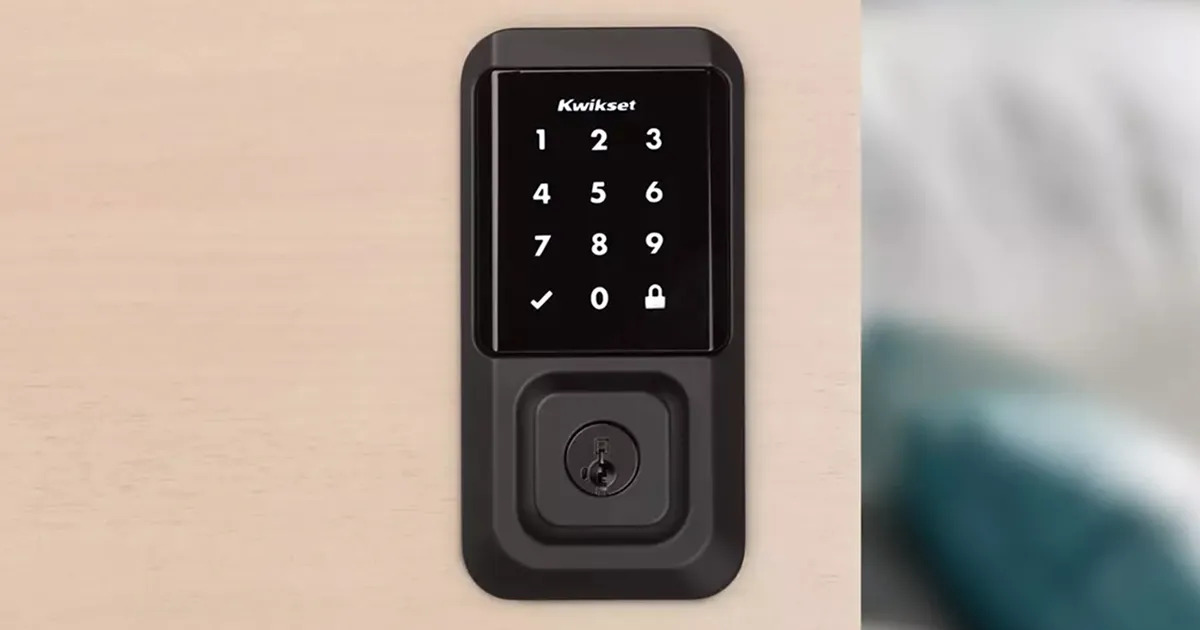
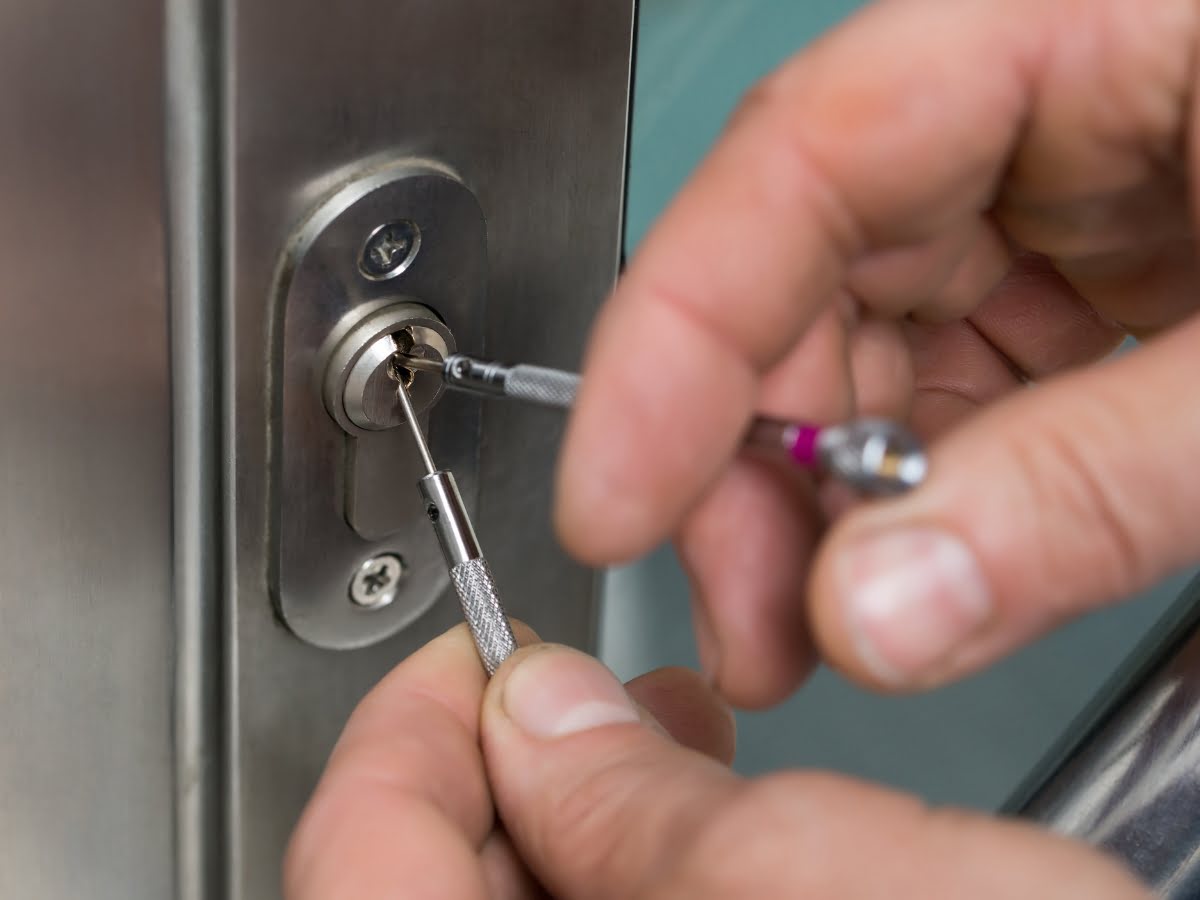

0 thoughts on “How To Pick A Lock With A Screwdriver”